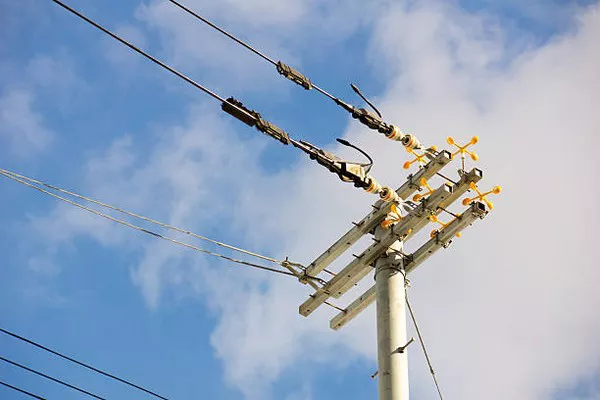Transformers are fundamental components of electrical systems, widely used for voltage regulation, power transmission, and isolation. Traditionally, transformers operate on alternating current (AC). However, with the increasing demand for efficient energy conversion and integration of renewable energy sources, the question arises: Can transformers operate on direct current (DC)? This article delves into the feasibility, challenges, and potential applications of DC-operated transformers, shedding light on the evolving landscape of power distribution and utilization.
The widespread adoption of renewable energy sources, such as solar and wind, coupled with advancements in energy storage technologies, has led to a paradigm shift in power generation and distribution. Unlike conventional power grids, renewable energy systems often generate DC power, necessitating efficient DC-to-AC conversion for integration into the grid. Traditional transformers, optimized for AC operation, pose limitations in DC environments due to magnetic flux considerations. However, recent advancements in transformer design and materials have sparked interest in exploring the feasibility of DC-operated transformers.
Fundamentals of Transformer Operation:
Before delving into DC operation, it’s crucial to understand the principles underlying transformer functionality. A transformer comprises two or more coils, known as primary and secondary windings, coupled through a magnetic core. When an alternating current flows through the primary winding, it induces a varying magnetic flux in the core, subsequently inducing voltage in the secondary winding through electromagnetic induction. This process enables voltage transformation, impedance matching, and galvanic isolation, making transformers indispensable in electrical systems.
Challenges of DC Operation:
Unlike AC, where the magnetic flux continuously alternates direction, DC maintains a constant polarity, resulting in steady-state magnetic fields. Traditional transformer cores, designed to accommodate alternating flux, exhibit saturation and excessive losses when subjected to DC. Saturation occurs when the core reaches maximum magnetic flux density, impeding further voltage induction and leading to efficiency loss and overheating. Additionally, DC operation exacerbates core losses, including hysteresis and eddy current losses, further diminishing transformer efficiency.
Mitigating Saturation Effects:
To enable DC operation, transformer design and materials must adapt to mitigate saturation effects and minimize losses. One approach involves utilizing specialized magnetic materials, such as amorphous or nanocrystalline alloys, characterized by high permeability and low core losses. These materials exhibit superior performance in DC environments, mitigating saturation and enhancing transformer efficiency. Moreover, advanced core geometries, including stepped and hybrid cores, distribute magnetic flux more effectively, reducing saturation tendencies.
Innovations in Transformer Design:
In recent years, researchers and manufacturers have made significant strides in developing DC-compatible transformers tailored to specific applications. Integrated magnetic structures, incorporating advanced materials and optimized geometries, enhance efficiency and reliability in DC environments. Furthermore, the advent of solid-state transformers, employing semiconductor devices for voltage conversion, eliminates the reliance on traditional magnetic cores, offering unparalleled flexibility and efficiency in both AC and DC systems.
Applications and Implications:
The emergence of DC-operated transformers opens up a myriad of applications across various industries, revolutionizing power distribution and utilization. In renewable energy systems, DC transformers facilitate seamless integration of solar arrays, wind turbines, and energy storage systems, enhancing grid stability and efficiency. Moreover, in data centers and telecommunications infrastructure, where DC power predominates, DC transformers enable efficient voltage conversion and distribution, minimizing energy losses and footprint.
Future Perspectives:
The journey towards widespread adoption of DC-operated transformers is not without challenges. Standardization, interoperability, and cost considerations pose hurdles in transitioning from AC-centric infrastructure to DC-based systems. However, with ongoing research and development, coupled with industry collaboration, the vision of a DC-powered future is within reach. Innovations in materials science, power electronics, and system integration will drive the evolution of transformer technology, ushering in an era of sustainable, efficient, and resilient energy systems.
See also Does A Transformer Convert Ac To Dc
Conclusion:
The exploration of transformers operating on DC represents a paradigm shift in power engineering, driven by the need for efficient energy conversion and integration of renewable resources. While challenges exist, advancements in materials, design, and technology pave the way for DC-compatible transformers, offering transformative benefits across diverse applications. By embracing innovation and collaboration, stakeholders can navigate the complexities of DC power distribution, unlocking new opportunities for sustainability and resilience in the global energy landscape.

